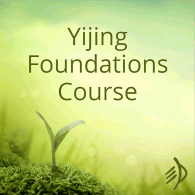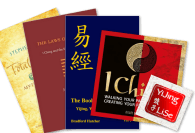Hexagram 60 as relating hexagram
Measuring Hexagram 60 is called Measuring, or Limits – not in the sense of imposing restrictions, but of knowing where the edges are, and discovering or negotiating what’s workable. The original concept is the knots and segments of bamboo, and hence all ways of dividing up something big into smaller… Read more »Hexagram 60 as relating hexagram













